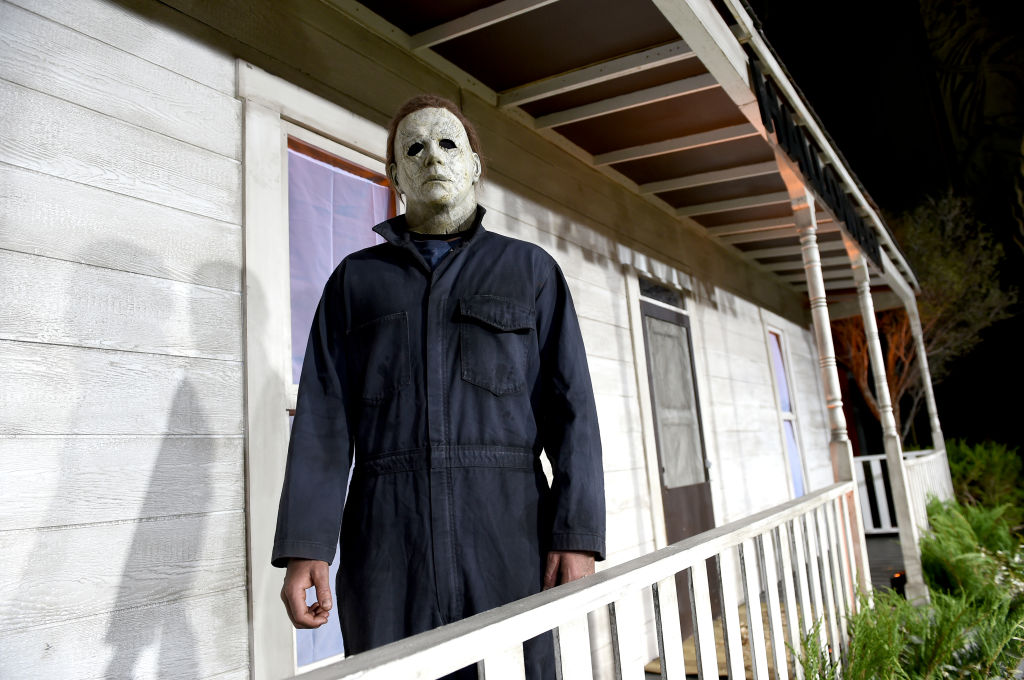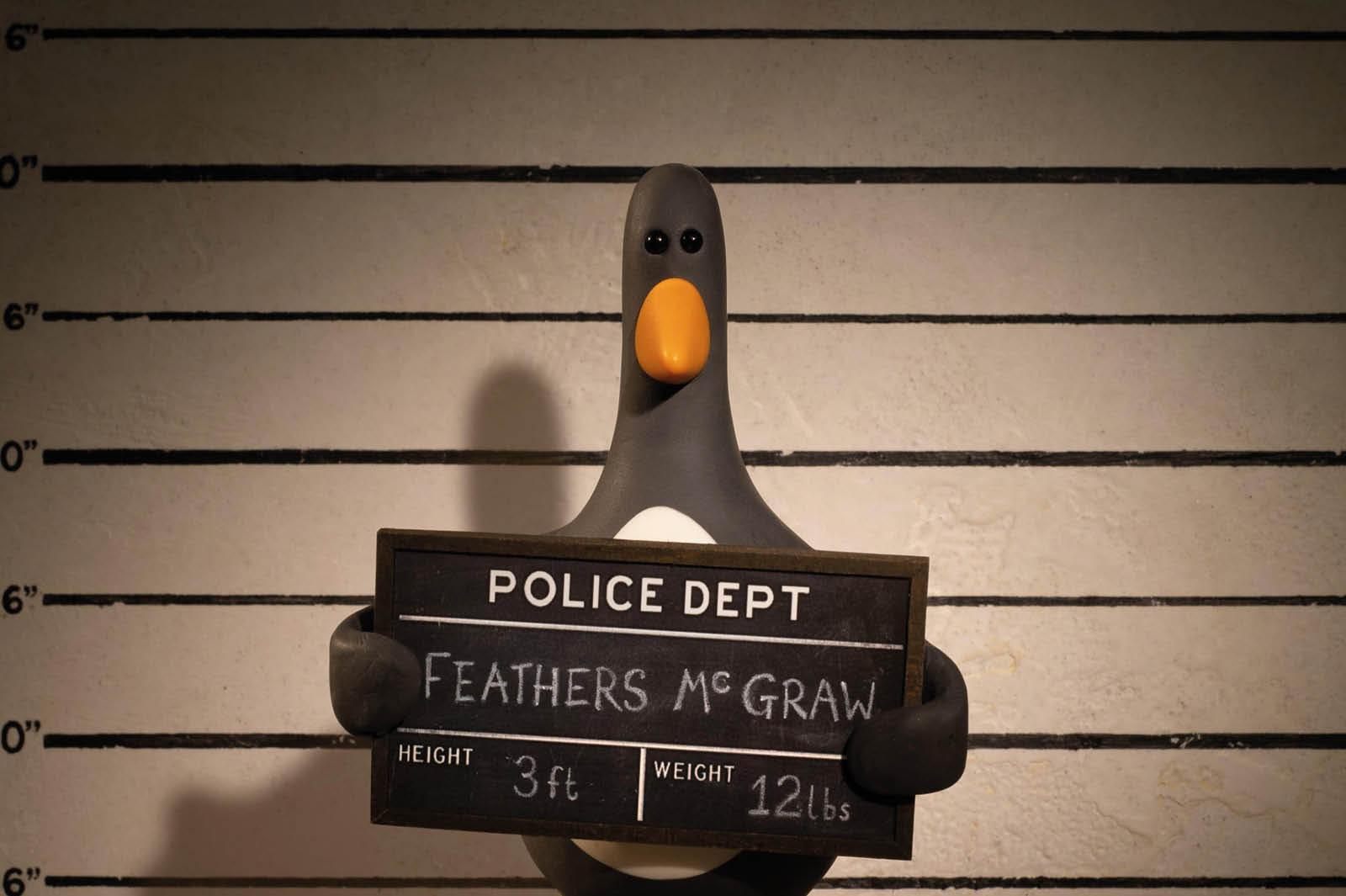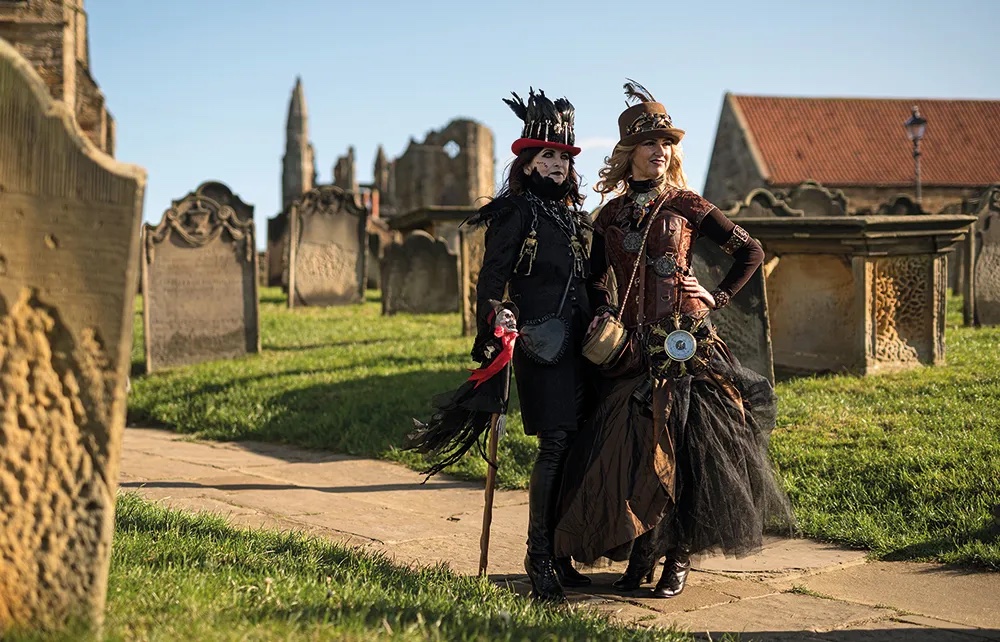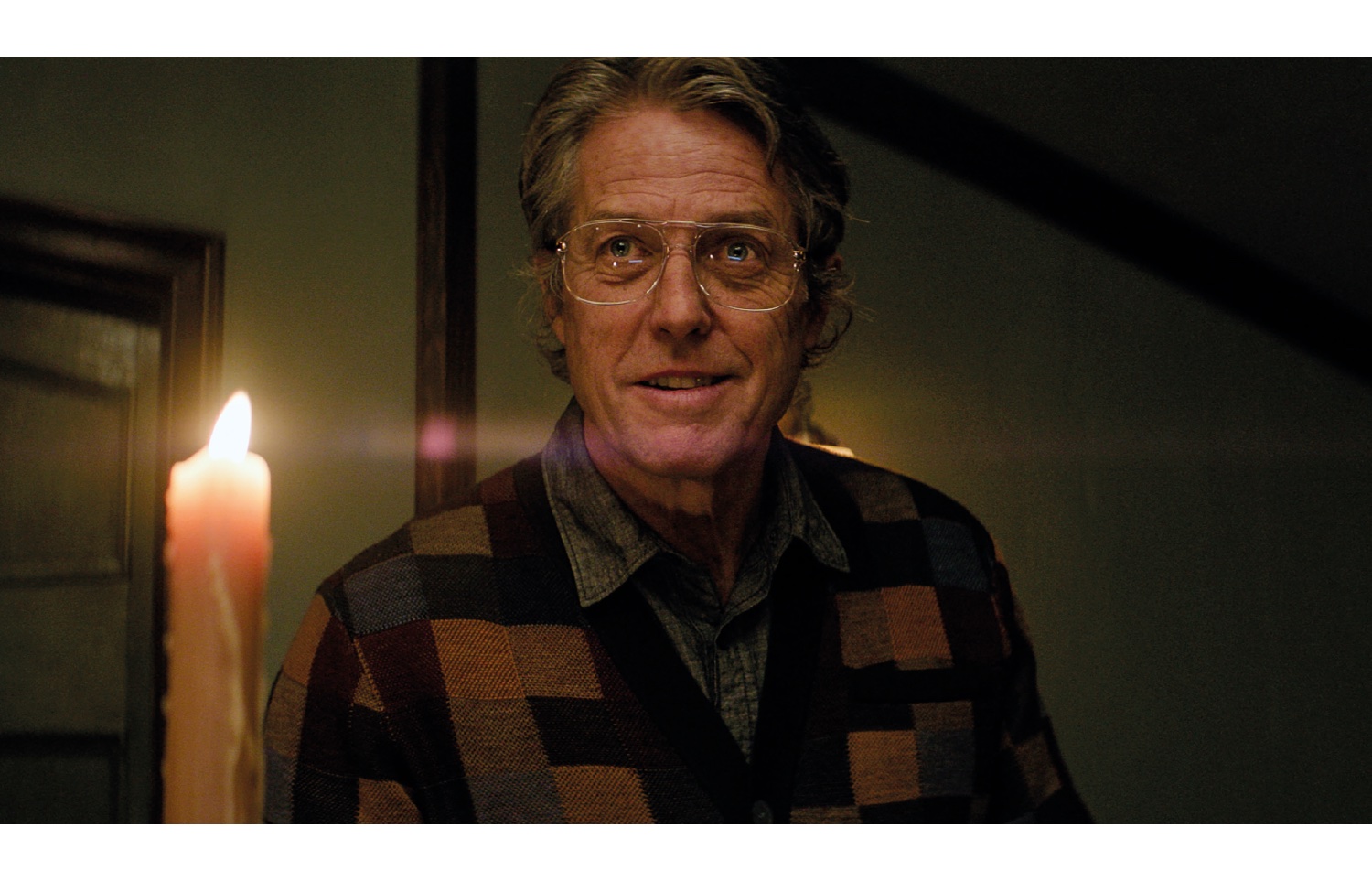Yet another Halloween film was released last weekend, this time illogically entitled Halloween Kills. By now, the saga is about as well-known as the Bible, and considerably less enjoyable. There is an ill-intentioned madman on the loose named Michael Myers, who wears a faceless white mask. He enjoys slicing up various members of the supporting cast unfortunate enough to have agents who did not negotiate them multi-picture deals. Opposing Myers, primus inter pares, is the character Laurie Strode, who has on some occasions been portrayed as his understandably resentful sister, and on other occasions as merely a resourceful woman who manages to get the drop on him before, Lazarus-like, he rises again in time for the next installment.
I understand that the point of the Halloween films is that they make money by frightening audiences, rather than aspiring to be any great shakes as cinema. The original, directed by John Carpenter in 1978, did at least have novelty and ingenuity on its side. But ever since then, the eleven — eleven! — films released in the franchise have represented little except the slow deadening of audience expectations in order to grind out their wares every few years. They appear with the regularity of presidential elections and produce a similar amount of scares.
Yet the horror genre boasts many other malefactors. With the exception of the Oscar-nominated Get Out, which at least attempted to do something different within its confines, there has been a steady and unrewarding (if lucrative) trudge of unoriginality over the past few years. The Purges and Conjurings and Reckonings of this world are all based around an almost William Castle-esque attitude towards showmanship. Audiences are not allowed to imagine the terrors before them, or for subtle techniques of suggestion to act insidiously upon their minds. Instead, it is all-important that blood and ghouls and the undead are shown to audiences, with the bored air of a carnival barker repeating “Wanna be frightened? Here you go. We’re here all week.”
There are considerably more ways to terrify people than modern cinema offers. Ever since MR James wrote his ghost stories, in which the power of implication is all-important in summoning up nameless evil, there have been several great films, from The Haunting to The Shining, that have taken the Jamesian maxim of “hint, don’t explain” to heart, and have produced something remarkable in consequence.
There are a few people who are still operating in this sphere. The writer-director Mike Flanagan has attracted praise from the likes of Stephen King and Quentin Tarantino for his Netflix series, including Midnight Mass and The Haunting of Hill House, which make intelligent use of suggestion. And such unorthodox films as The Babadook, The Witch and Midsommar are all similarly innovative and restrained — though no less frightening.
None of the above revolve around a bogeyman clattering and stabbing and slashing about. But the corollary is that they do not make as much money. The Halloween series has grossed around $765 million in the United States (admittedly, its primary market) alone. By the time Halloween Kills has done its grisly bidding, that total will be considerably higher: it opened to $50 million at the box office last weekend.
So we seem doomed, then, to be stuck in a rut of monotonous, essentially unscary films, stripped of wit, imagination and originality. All we can wish for is that, one day, Michael Myers’ tedious rampage will finally come to an end and something more nuanced and rewarding will replace it in our theaters. But as long as the films continue to make bank, we cannot hold out too much hope for that.

























